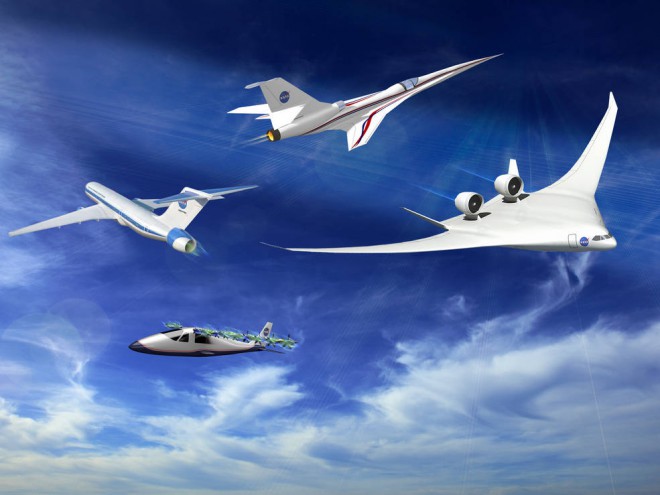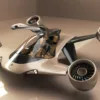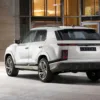Nasa's QueSST Passenger Jet will be the second supersonic passenger jet after the Concorde, which was retired in 2003, or the third if we include the Soviet Tupolev Tu-144 (1977), which was in commercial use for only seven months, which is a drop in sea compared to Concord's twenty-seven years of service. Since 2003, jet passenger planes have not been flying in the air, that is, planes that fly faster than sound, but thanks to the American space agency NASA, we are one step closer to the return of these steel birds. Namely, they unveiled the design for Concorde's successor, the QueSST Passenger Jet, a silent supersonic passenger jet, the first of NASA's upcoming new series of X-planes.
When they retired in 2003 Concorde planes, also grounded flights with supersonic passenger planes. In the coming years, jet airliners are making a comeback. This kind of steel bird is (somewhat surprisingly) planned by the US space agency Us, which recently presented its first aircraft study in the series X-planes, that is, a series of experimental aircraft.
QueSST Passenger Jet got its name from its characteristics, as it is a silent supersonic aircraft (Quiet Supersonic Technology), which will not cause the huron noise that we were used to especially with Concorde, but also with other planes.
READ MORE: Nasa: Zinnia, the first flower to grow in space

For now, there is no information on how many passengers the QueSST Passenger Jet will be able to carry (probably in record time) and how high it will fly, but we know that it is being developed by specialists from companies under the auspices of NASA Lockheed Martin, GE Aviation and Tri Models Inc., who expect to send this supersonic steel bird on its first commercial flight already in 2020 and thus relativized time again.

More information:
nasa.gov






